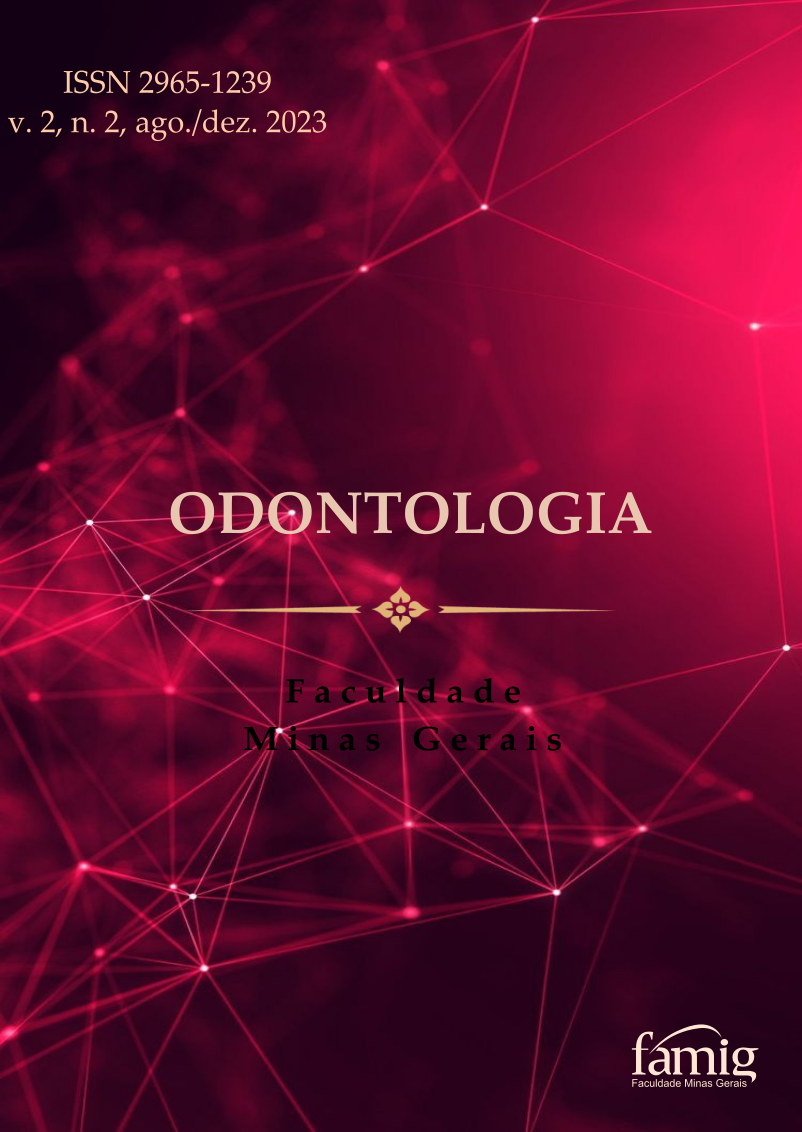Autoimmune polyglandular syndrome type I
the importance of the dentist in the diagnosis in childhood
Keywords:
Poliendocrinopatias autoimunes, Candidíase, APS-1Abstract
Autoimmune polyglandular syndrome type I is a rare
autosomal recessive disease, caused by genetic mutations, which usually begins in childhood. It is classically defined by the presence of components of the triad of chronic mucocutaneous candidiasis, hypoparathyroidism and adrenal insufficiency. The objective of the present study is to study and discuss the main aspects of this syndrome
and how the dentist can assist in its clinical management through early diagnosis, even in childhood. This is a literature review, carried out through an exploration of the VHL, LILACS and PubMed database, using the descriptors “autoimmune polyendocrinopathies”, “SPA-I”, “APS-1” and “candidiasis”. Autoimmune polyglandular syndrome is a
disease that presents autoimmunity against multiple endocrine and nonendocrine tissues. The clinical picture and course of this syndrome are extremely heterogeneous, ranging from oligosymptomatic cases to
highly severe situations. Although the final diagnosis is made by the doctor, the dentist can collaborate in the early diagnosis of the disease, where the signs and symptoms, as well as persistent episodes of candidiasis, can be observed by the professional. It is concluded that this is a rare syndrome, with progressive evolution and that can
compromise the general health of the affected individual.
Mucocutaneous candidiasis is the first sign to appear, persisting for years and may be accompanied by angular cheilitis, tooth enamel hypoplasia and oral tingling. The dentist becomes of great importance in recognizing such an abnormality, providing the necessary assistance and referring it to a specialist doctor, in order to favor an early
diagnosis and the patient's prognosis.

